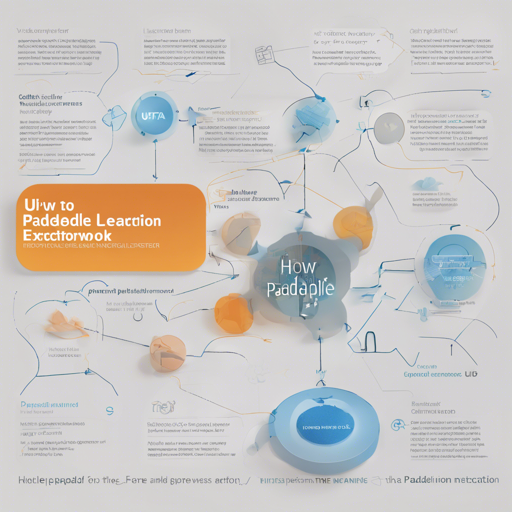Information Extraction (IE) can often appear as a labyrinth filled with mixed targets, heterogeneous structures, and unique schema demands. The Unified Information Extraction (UIE) framework simplifies this by modeling various IE tasks under one roof, efficiently generating targeted structures and refining general extraction abilities from diverse knowledge sources. In this article, we will walk you through utilizing the PaddlePaddle UIE framework and troubleshoot some common issues you might encounter.
Getting Started with UIE
The UIE framework leverages a structured extraction language to encode various extraction structures and uses a schema-based prompt mechanism for adaptive generation. Here’s how to get started:
- Installation: Ensure that PaddlePaddle and PaddleNLP are installed in your Python environment. You can install them using pip.
- Model Selection: Choose an appropriate model based on your data requirements. Available models include:
- uie-base: Suitable for plain text extraction in English and Chinese.
- uie-m-base: Supports multilingual extraction tasks.
- buie-x-base: Ideal for both plain text and document extraction scenarios.
- Data Preparation: Prepare your datasets. You can utilize the example data provided to ensure your setup works correctly.
Understanding the Code
For those struggling with complex code, think of UIE as a sophisticated machine designed to process various types of documents. Just like a chef who can adapt to different cuisines—whether Italian, Asian, or American—UIE can handle multiple extraction tasks like entity, relation, event, and sentiment extraction by adapting its ‘recipe’ based on the type of data it receives.
# Simple code snippet for using UIE
from paddlenlp import Taskflow
uie = Taskflow("information_extraction")
results = uie("Your text here.")
In the code above, `Taskflow` acts as our chef, taking your text data (the ingredients) and delivering the processed output (the dish) tailored to your specifications.
Performance Insights
PaddleNLP’s UIE framework showcases remarkable performance across various domains. For instance, in the financial, healthcare, and internet sectors, UIE demonstrates consistently high accuracy even with little training data (few-shot learning). This offers immense flexibility and efficiency considering the challenge of acquiring labeled data.
Troubleshooting Common Issues
If you face challenges during implementation or have questions about results, here are some troubleshooting steps:- Installation Errors: Ensure correct installation of PaddlePaddle and PaddleNLP. Check for compatibility issues with Python versions.
- Performance Concerns: If the model results are subpar, reconsider the dataset quality. Cleansing and curating your dataset can significantly improve performance.
- Model Selection: If you’re unsure which model to use, assess the nature of your extraction task. For detailed guidance, refer to the extensive PaddlePaddle documentation.
- For further insights, updates, or to collaborate on AI development projects, stay connected with fxis.ai.
Conclusion
By leveraging the UIE framework from PaddleNLP, you can efficiently tackle various information extraction challenges in both plain text and multi-modal documents. At fxis.ai, we believe that such advancements are crucial for the future of AI, as they enable more comprehensive and effective solutions. Our team is continually exploring new methodologies to push the envelope in artificial intelligence, ensuring that our clients benefit from the latest technological innovations.

